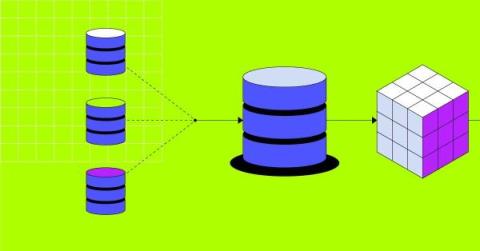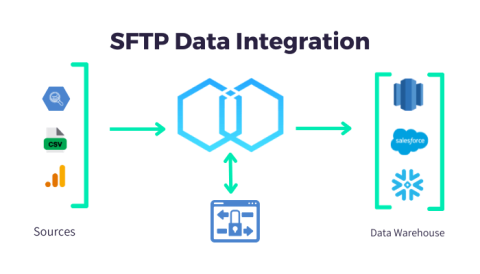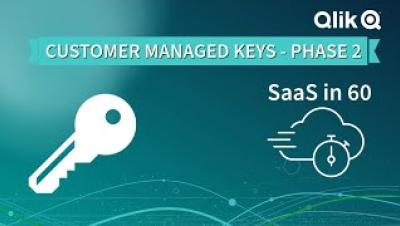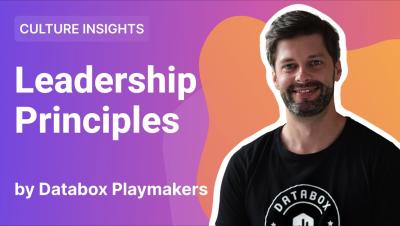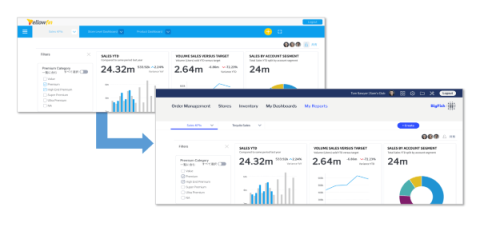Multi-tiered architectures for data warehouse
In The fundamentals of data warehouse architecture, we covered the standard layers and shared components of a well-formed data warehouse architecture. In this second part, we’ll cover the core components of the multi-tiered architectures for your data warehouse.


